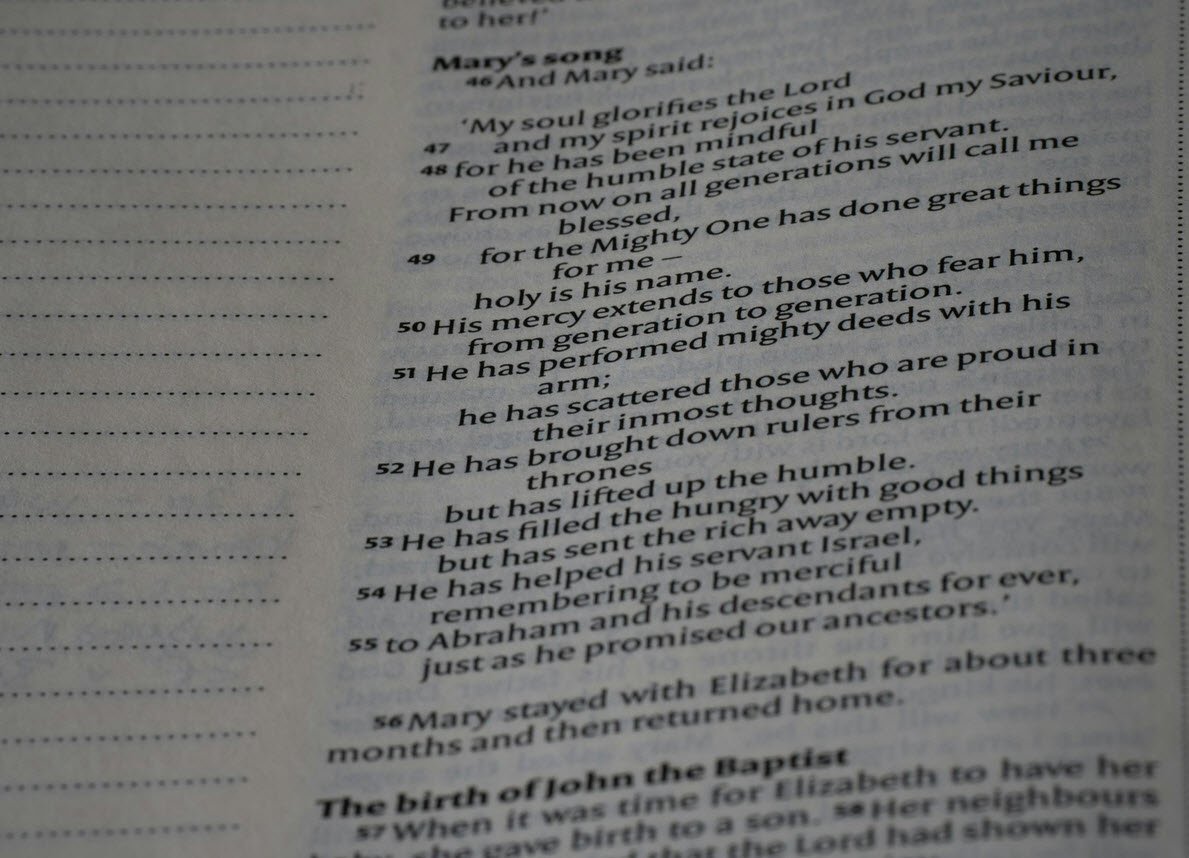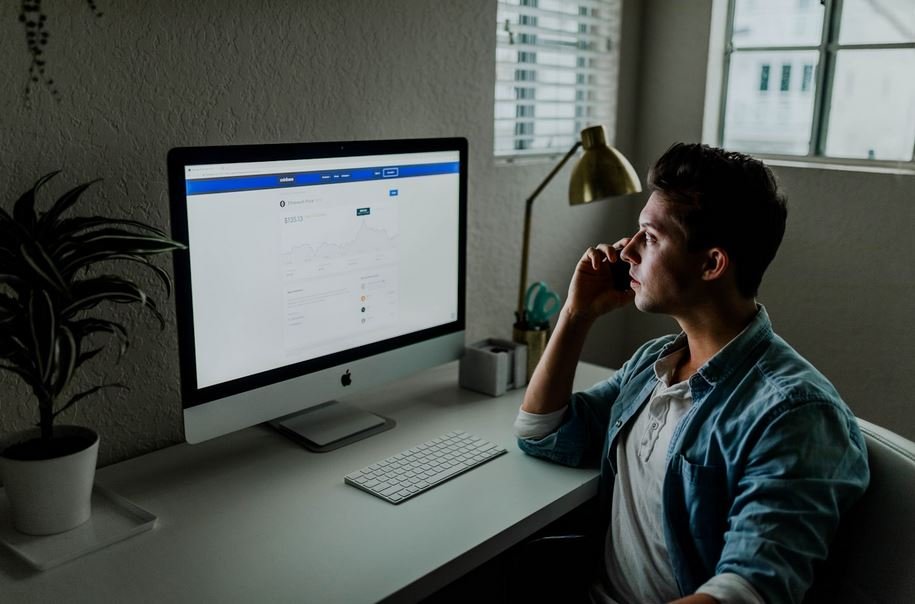
We always say that there are 12 tenses in English. They are divided up like this:
- 3 times: past, present, future
- 4 aspects: simple, continuous, perfect, perfect continuous
If you want to do well in IELTS, it’s really important to know these tenses. However, if you find some of them very difficult, don’t worry. It has been estimated that present simple and past simple make up 80% of the language. In IELTS you will commonly be asked about your past, the present, and only some basic plans for the future, so you don’t need to know all the tenses perfectly.
Here’s a table explaining how the tenses look:
| Past | Present | Future | |
| Simple | I ate chocolate yesterday. | I eat chocolate every day. | I will eat chocolate tomorrow |
| Continuous | I was eating chocolate when I saw her. | I’m eating chocolate right now. | I will be eating chocolate when we meet. |
| Perfect | I had eaten the chocolate when you got there. | I have eaten all of the chocolate. | I will have eaten all of the chocolate by the time you see me. |
| Perfect Continuous | I had been eating chocolate for two hours by then. | I have been eating chocolate for two hours. | I will have been eating chocolate for two hours. |
Now let’s look at the present tenses.
1. Present Simple
In any of the tenses, you can form positive, negative, or interrogative (a question) sentences.
| Positive | Negative | Question |
| I talk. | I do not talk. | Do I talk? |
| You talk. | You do not talk. | Do you talk? |
| We talk. | We do not talk. | Do we talk? |
| They talk. | They do not talk. | Do they talk? |
| He talks. | He does not talk. | Does he talk? |
| She talks. | She does not talk. | Does she talk? |
| It talks. | It does not talk. | Does it talk? |
Note that in written English, we usually write “do not” and “does not.” However, in spoken English, this is contracted to “don’t” and “doesn’t.” In the IELTS exam, you should try to follow this rule.
When to Use Present Simple
The present simple is a very common tense and it has many uses. Here are some of them:
1. Routine actions:
- He goes to the market every weekend.
- We ride our bikes to school.
2. Facts and permanent situations
- The sky is blue.
- The sun rises in the east.
3. Directions or instructions
- Turn right at the corner and walk for fifty meters.
- Open the box and then remove the plastic.
Third Person Singular
When using the third person singular – meaning he/she/it – you must add an “-s” to the end of the verb. However, there are a few rules about that.
Generally, you just add “-s” to the end of the base form of the verb:
- Walks
- Talks
- Sits
- Eats
- Finds
If the verb ends in a “-y” you should remove the “y” and replace it with an “i,” before adding “-es”.
- Cry -> Cries
- Try -> Tries
- Fry -> Fries
- Hurry -> Hurries
- Bury -> Buries
If the verb ends in one of the following cake, you should instead add “-es” to the end: o, s, z, x, ch, and sh.
- Watch -> Watches
- Fix -> Fixes
- Mix -> Mixes
- Wash -> Washes
- Go -> Goes
When the third person singular is used with an auxiliary verb (do), as in the negative or interrogative form, the auxiliary takes the “-s” and so the main verb doesn’t need it.
- Does he walks? (WRONG)
- Does he walk? (CORRECT)
- He doesn’t walks. (WRONG)
- He doesn’t walk. (CORRECT)
2. Present Continuous
The present continuous is sometimes called the present progressive; however, as most textbooks refer to it as the continuous, I will use that term here. It is formed by using “to be” and then verb +ing:
| Positive | Negative | Question |
| I am singing. | I am not singing. | Am I singing? |
| You are singing. | You are not singing. | Are you singing? |
| We are singing. | We are not singing. | Are we singing? |
| They are singing. | They are not singing. | Are they singing? |
| He is singing. | He is not singing. | Is he singing? |
| She is singing. | She is not singing. | Is she singing? |
| It is singing. | It is not singing. | Is it singing? |
Again, be careful of contractions. In writing, we would say “are not” but in spoken English, it is more common to use “aren’t.”
When to Use Present Continuous
There are many times when we could use the present continuous. Here are some of the common instances:
1. For an action that is happening as we speak
- a. I’m doing some housework.
- b. She’s talking with that man.
2. For something that is ongoing but not necessarily happening right now
- a. I’m reading a book called On the Road.
- b. They’re studying to be doctors.
3. To describe a developing situation
- a. It’s getting dark outside.
- b. The weather is turning cold.
4. Referring to a regular action
- a. He’s usually working at this time.
- b. We’re normally on our way home by now.
Numbers 1 and 2 from the list above often confuse students. The first one is straightforward. “I’m reading a book,” could mean that I’m holding a book and actively reading it at the moment of speaking. However, if I read a book every night before bed, I may also say, “I’m reading a book.”
Think of it this way: Imagine you’re sitting at dinner with a friend and talking about your life. You haven’t seen each other in a while, so you want to catch up with some general information about your lives. You tell her some things about yourself:
- I’m not studying to be a vet anymore.
- I changed my major and now I’m studying to be a dentist!
- My brother is going to night school to train for a new position at his job.
- I’m reading a really wonderful self-help book.
All of these are true and all of them use the present continuous, and yet none of the activities described are happening right this now.
Non-Continuous Verbs
It may sound like you can describe any action with the present continuous, but this isn’t true. There are actually many non-continuous verbs. These are generally verbs that describe states or feelings – the sort of things you can’t really see someone do. They include:
prefer, hate wish, love, remember, believe, imagine, know
- For example, a person might say:
- I believe in God.
- However, they can’t say:
- I’m believing in God. (WRONG)
3. Present Perfect
The next present tense is the perfect. As we saw in the main verb tense table above, it is formed with “have” or “has” and the past participle form of the verb.
| Positive | Negative | Question |
| I have visited Paris. | I have not visited Paris. | Have I visited Paris? |
| You have visited Paris. | You have not visited Paris. | Have you visited Paris? |
| We have visited Paris. | We have not visited Paris. | Have we visited Paris? |
| They have visited Paris. | They have not visited Paris. | Have they visited Paris? |
| He has visited Paris. | He has not visited Paris. | Has he visited Paris? |
| She has visited Paris. | She has not visited Paris. | Has she visited Paris? |
| It has visited Paris. | It has not visited Paris. | Has it visited Paris? |
When to Use Present Perfect
The present perfect can be a little trickier than other present tenses, so let’s look closely at three of its uses.
1. A finished action or state that occurred at an indefinite time in the past.
- I have been to France.
- She has eaten sushi.
- They have learned Chinese.
Each of these actions occurred but we don’t state exactly when they occurred. This use is very common but also quite vague. It could refer to an isolated event that is either long or short, or something that happened repeatedly, or something that was true over a long period of time. Basically, it refers to something that definitely has happened and no particular time is stated.
2. Something that has happened in the past but may happen again in the future because the time period is not yet finished.
- It has rained today.
- She has had four coffees this morning.
- They have been to the office twice this afternoon.
In each of these situations, there is a time period that is still continuing (today, this morning, this afternoon) and although the actions have already occurred, they may be repeated again. For example, in the first sentence, it has already rained but it might rain again.
3. Similar to the previous rule, present perfect can also be used for events that started in the past and may or may not be continued into the future.
- We’ve lived in Beijing for six years.
- They’ve been a couple since 2012.
- I’ve worked in finance for almost a decade.
Notice the use of “since” and “for.” We often use these with the present perfect. “For” is followed by a period of time (“for five months”; “for two days” etc) and “since” is used to refer to a point in time (“since last Friday”; “since 1998”).
4. Present Perfect Continuous
As the name suggests, this tense includes elements of the perfect and continuous tenses. Namely, it includes both “have” or “has” and the past participle “been” plus the verb +ing. It looks like this:
| Positive | Negative | Question |
| I have been studying. | I have not been studying. | Have I been studying? |
| You have been studying. | You have not been studying. | Have you been studying? |
| We have been studying. | We have not been studying. | Have we been studying? |
| They have been studying. | They have not been studying. | Have they been studying? |
| He has been studying. | He has not been studying. | Has he been studying? |
| She has been studying. | She has not been studying. | Has she been studying? |
| It has been studying. | It has not been studying. | Has it been studying? |
How to Use Present Perfect Continuous
This tense is less common than the previous three and has a more specific application.
1. For describing an ongoing activity and the length of time that it has continued.
- I’ve been learning Spanish for six months.
- We’ve been dating for two years.
- They’ve been caring for that sick dog since last Monday.
2. It is used with the present simple to explain the current situation.
- I’m tired because I’ve been looking after the baby all day.
- She’s hungry because she’s been dieting recently.
- We’re broke because we’ve been spending too much money.








